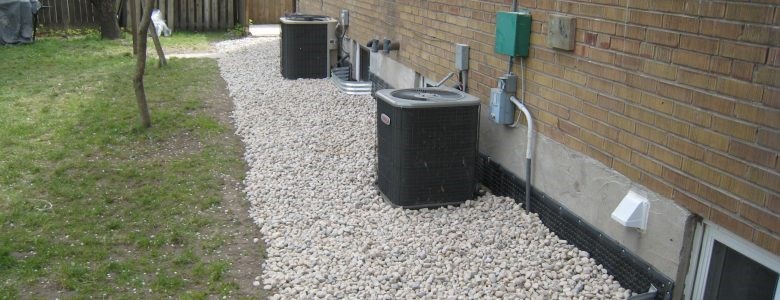 When you build or buy your home, the last thing on your mind is foundation repair. However, the Concrete Foundation Association (CFA) says foundation damage is one of the top projects its members deal with today. Foundation walls are susceptible to water damage, which in turn leads to basement leakage. The location of your basement makes it prone to flooding, which calls for comprehensive exterior waterproofing.
When you build or buy your home, the last thing on your mind is foundation repair. However, the Concrete Foundation Association (CFA) says foundation damage is one of the top projects its members deal with today. Foundation walls are susceptible to water damage, which in turn leads to basement leakage. The location of your basement makes it prone to flooding, which calls for comprehensive exterior waterproofing.
Most homeowners don’t realize they have a wet basement until it is too late. Such a situation is risky because it can lead to property damage during storms, toxic mold growth, foundation damage and loss of your home’s value. This is why you need a water proofing contractor on-site to prevent any further water entry.
To guarantee total protection, your contractor will repair the underlying problem and not just treat the symptoms. To do this, the following should be done:
- Site preparation: This includes identifying utility lines location, removing obstacles, such as AC systems on the way and getting any permits required.
- Excavation: This involves removal of the soil next to foundation walls down to the footings. This requires specialized equipment and skills.
- Wall preparation: Once the exterior wall has been exposed, it should be cleaned thoroughly using a hard brush to ensure the waterproofing membrane will bond perfectly.
- Foundation wall damage repair: In case there are cracks or gaps in the wall, they should be filled with epoxy before the membrane is set in place. Urethane injection is an added protection to avoid any moisture entry even if the membrane falls, which is highly unlikely.
- Exterior foot drain installation: The best exterior waterproofing system should also include a foot drain that will carry away any water that flows down the membrane. However, for this to work, there must be a sloping gradient to ensure the water is carried away or else the drain will eventually become counterproductive.
- Exterior membrane installation: These membranes have been in use for years though the materials used today are stronger and more effective. Traditionally, tar was used to waterproof external walls but is dissolves with time. Today, stronger sheets of Bentonite Clay granules and HDPE (High Density Poly Ethylene) among other products are available to protect your home.
Subscribe to Worthington Waterproofing's Blog




